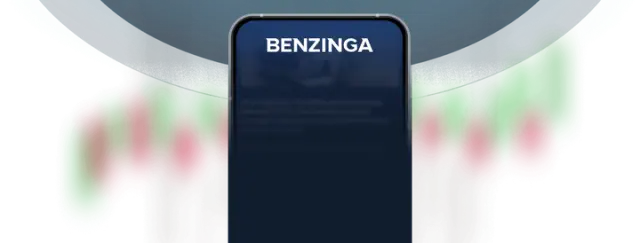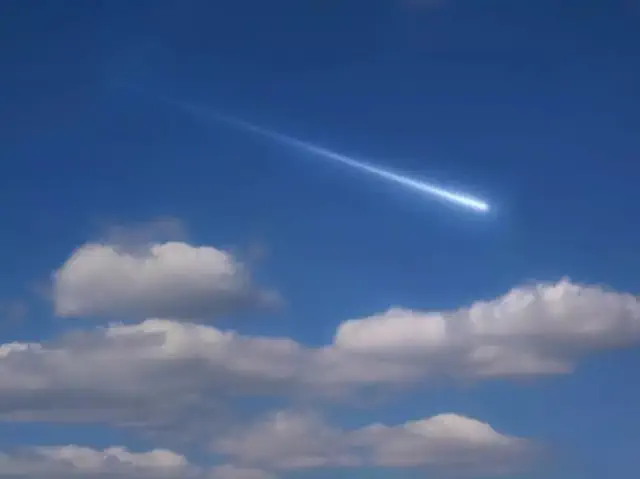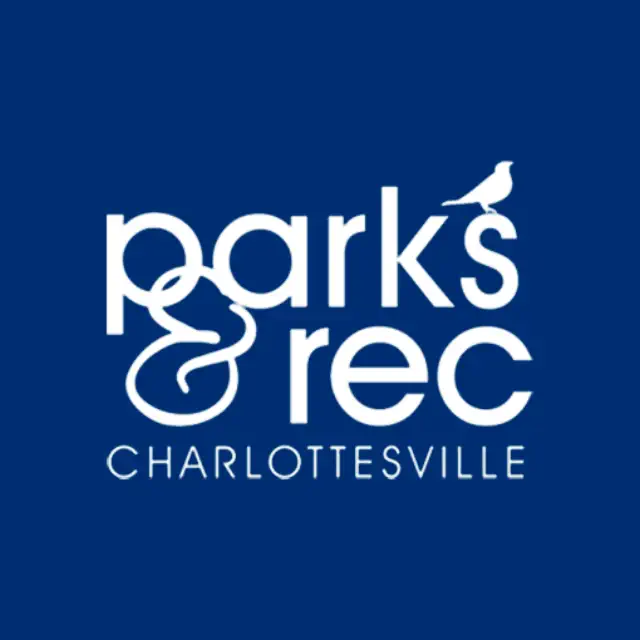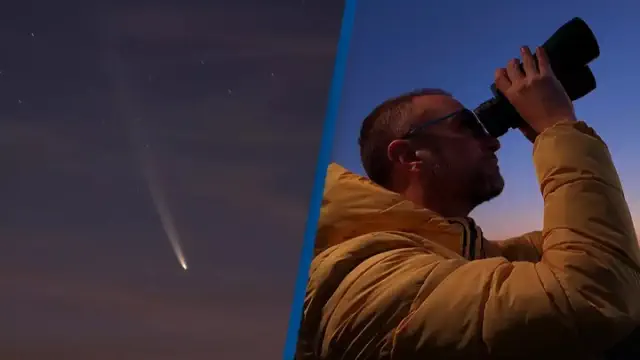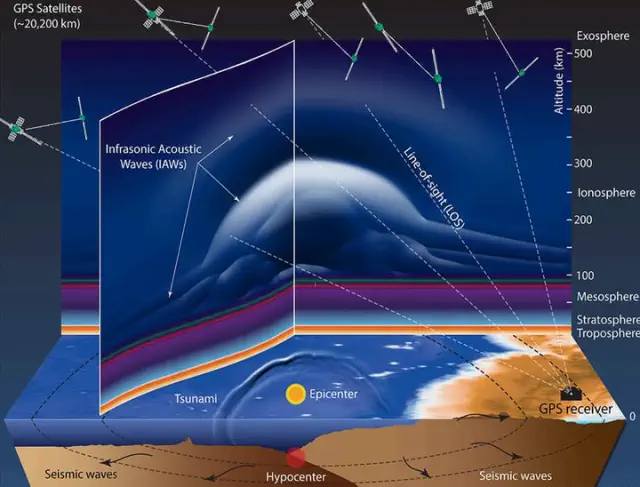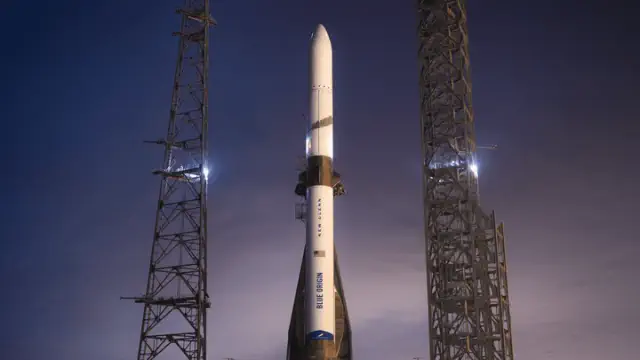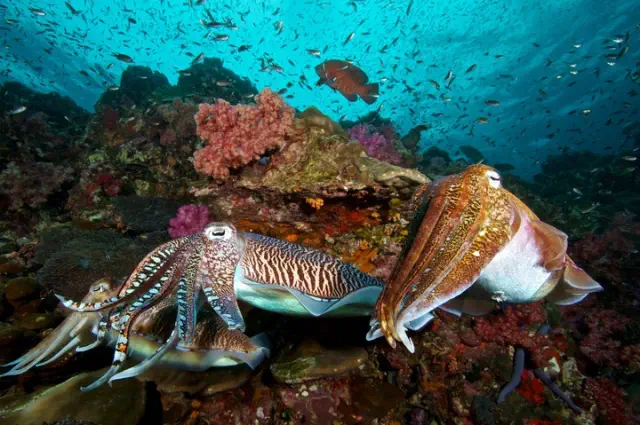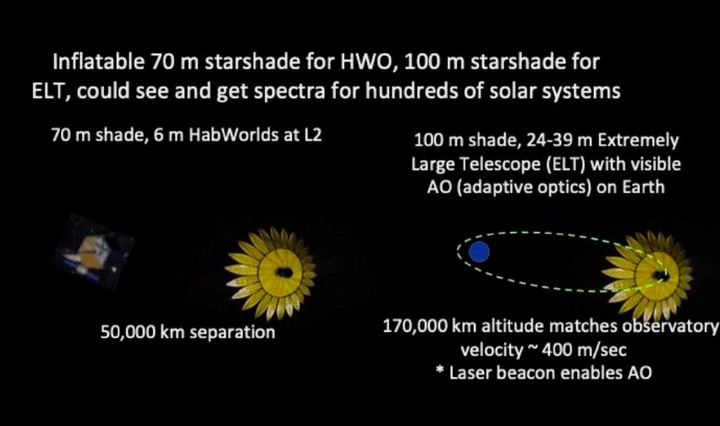
View pictures in App save up to 80% data.
John Mather
NASA Goddard Space Flight Center
We will design the first family of ISEE’s (Inflatable Starshade for Earthlike Exoplanets) with sizes from 35 to 100 m diameter. A starshade would enable any telescope to observe exoplanets, a top priority for astronomy worldwide. Compared with other starshade concepts, we aim for a lower mass, cost and complexity, while still providing high performance and science yield (>100 targets). Our starshades would be compatible with the 6 m diameter Habitable Worlds Observatory (HWO) now being planned, as well as the world’s largest telescope, the 39 m diameter European Extremely Large Telescope now being built in Chile, working as part of the HOEE, (Hybrid Observatory for Earthlike Exoplanets), and other future telescopes. We need to observe oxygen at visible wavelengths and ozone at UV.
An ISEE, positioned between a target star and the telescope, would block the starlight without blocking the exoplanets. Starshades have perfect optical efficiency, they work with any telescope, and they can block the starlight much better than the requirement, for a star >1010 times brighter than the target.
The alternative technology employs an almost flawless and highly stable space telescope, similar to HWO, equipped with an internal coronagraph designed to block starlight from obscuring the planet's image. Coronagraphs offer significant benefits, including their compact size, ease of testing, and immediate availability. Nonetheless, existing coronagraphs have yet to achieve the necessary contrast levels. Additionally, the development of an ultraviolet coronagraph remains unfeasible. If the stringent requirements for extreme picometer stability and optical precision of HWO and its coronagraph could be eased by integrating a starshade, it would allow for the construction of HWO at a significantly reduced cost and lower risk. Therefore, if ultraviolet observations of exoplanets are crucial, utilizing a 35 m starshade in conjunction with HWO emerges as the sole viable option.
The HWO is set to be NASA's next major observatory and will feature a high-performance coronagraph designed for exoplanet observation. This decision has shifted the dynamics regarding the competing starshade technology. However, a starshade mission might still be deemed necessary under certain conditions: A. If the HWO and its coronagraph cannot be constructed and validated as needed; B. If the HWO needs to observe exoplanets in UV wavelengths, or if a 6 m HWO is insufficient to target the desired celestial bodies; C. If the HWO does not perform adequately after its launch, and servicing or instrument upgrades are not feasible; D. If HWO observations reveal that intriguing exoplanets are scarce, too far away, obscured by dense dust clouds surrounding their host stars, or cannot be fully analyzed with an upgraded HWO; or E. If HWO findings indicate that the next phase requires UV data, or a telescope significantly larger than what future HWO coronagraph enhancements can provide.
An inflatable starshade presents a solution to the primary challenge associated with traditional starshade designs: their complex mechanical structures. Historically, starshades have not been launched, as they require precise shapes and edges, along with accurate propulsion and positioning. Previous designs utilizing discrete components can be enlarged to meet the dimensions needed for HWO (35-60 m) and HOEE (100 m), but they tend to be bulky, difficult to prototype, and thus incur significant costs and risks. Our target mass budget is set at 250 kg for the 35 m HWO variant, 650 kg for the 60 m option, and 1700 kg for the 100 m HOEE model. We plan to refine our concepts and create comprehensive designs along with finite element models to assess strength, stiffness, stability, and thermal performance. Additionally, we will establish small-scale testing facilities to address challenges such as the bonding of large, high-strength material sheets within inflatable configurations. Key deliverables will encompass mass and power budgets, evaluations of strength and stiffness, and laboratory testing of essential components. We will also revise the mission concepts for HWO and HOEE in light of the new starshade specifications.
Depending on advancements in the HWO mission, starshades may be essential for enhancing our understanding of exoplanets. An inflatable starshade could facilitate their implementation.
